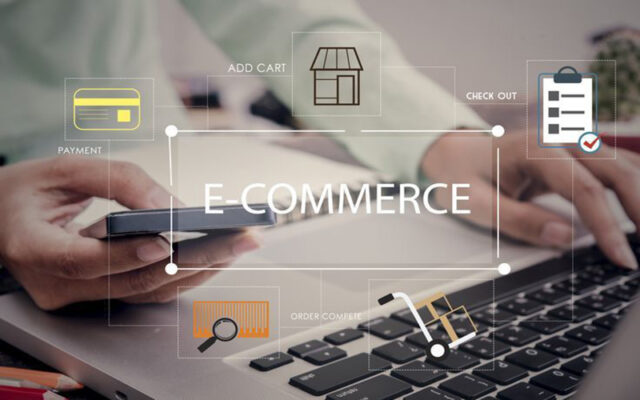
Introduction:
E-commerce has evolved significantly over the past decade, but one of the most impactful changes in the online shopping landscape is personalization. As consumers become more tech-savvy and demand more tailored experiences, businesses are turning to sophisticated technologies to meet these expectations. Personalization is now a key driver of customer satisfaction, engagement, and ultimately, sales. But what does the future hold for personalized online shopping, and how can businesses harness the power of personalization to stay ahead of the competition? In this blog post, we’ll explore how personalization is shaping the future of e-commerce and offer a few strategies for businesses to implement.
1. The Shift towards Hyper-Personalization: Personalization in e-commerce has moved far beyond simply addressing customers by name in email marketing campaigns. Today’s shoppers expect hyper-personalized experiences that feel tailored to their unique preferences, behaviors, and needs. Thanks to artificial intelligence (AI) and machine learning, businesses can now analyze vast amounts of data to create customized shopping experiences in real time.
2. Personalized Recommendations and AI Algorithms: AI-powered recommendation engines are one of the most powerful tools for e-commerce businesses looking to boost sales through personalization. By analyzing previous purchases, customer profiles, and browsing patterns, these algorithms can suggest products that consumers are more likely to buy, increasing average order value and improving the overall shopping experience.
3. Personalized Marketing Messages: Alongside personalized shopping experiences, personalized marketing messages have become a game-changer for e-commerce brands. Rather than bombarding customers with generic offers, personalized marketing allows brands to send tailored promotions, discounts, and product recommendations based on individual behaviors.
4. Customer Journey Personalization across Channels: Personalization isn’t limited to just one touchpoint or channel. The future of e-commerce personalization lies in delivering a seamless and consistent experience across multiple platforms. Whether a customer is shopping on a desktop, mobile app, or social media platform, businesses must ensure that the personalization experience remains consistent.
5. The Role of Customer Data in Personalization: At the heart of effective personalization lies customer data. Collecting and analyzing customer data allows businesses to understand their customers’ preferences, behaviors, and needs more accurately. From purchase history to demographics and browsing habits, businesses can leverage this information to create a more tailored shopping experience.
Conclusion:
The future of e-commerce is undeniably linked to personalization. As consumers continue to demand more individualized experiences, businesses must adapt by embracing technologies like AI, machine learning, and data analytics to offer more relevant and tailored shopping experiences. Hyper-personalization, AI-powered recommendations, personalized marketing messages, omnichannel experiences, and responsible data collection will all play critical roles in shaping the next generation of e-commerce.